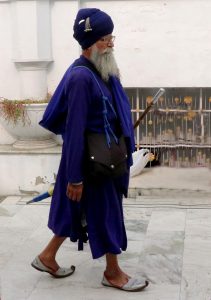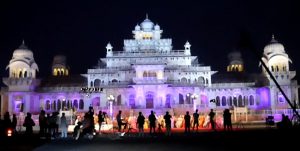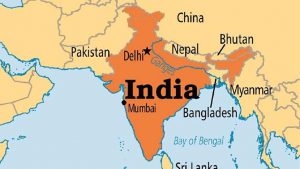Mystic and historic
For many years I had always wanted to go to India, and on November 8, 2017 I finally got the chance to go on a 17-day trip to India, a country, a culture, and people quite unknown to me. My main objective, however, was to see the Taj Mahal and the cremation ceremony held at the Ganges River in Varanasi and to learn more about the different religions in India mainly Hinduism and Buddhism. Going to India was for me a dream come true, and going there had totally engaged all my senses, evoked different emotions in me, and sensitized my perceptions of what Indian culture and the life of Indian people were all about. No doubt, India is a “force” that totally engaged my five senses, and at times my senses forced me to think deeper, ask more questions, and keep an open mind about things that I did not or could not understand.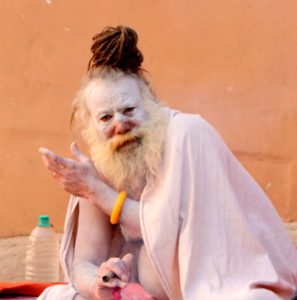
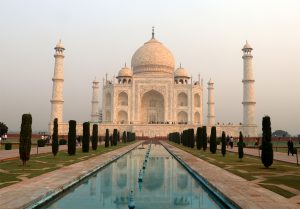
I was quiet awed and impressed to see the Taj Mahal and it is a photographer’s paradise for developing one’s skill in the art of photography and videography. The Taj Mahal was commissioned in 1632 by the Mughal emperor Shah Jahan. Inside the Taj Mahal house the remains of his cherished wife who bore him 14 children. He loved her so much that after she died he had a mausoleum build for her. The mausoleum, which stands on the southern bank of the Yamuna River in Agra, India, took more than 20 years to build. This Mughal architecture combines Indian, Persian and Islamic influences. It is built of shimmering white marble that seems to change color depending on the sunlight or moonlight hitting its surface. In 1983 it was designated a UNESCO World Heritage, and it is a stunning symbol of India’s rich history and one of the world’s most celebrated structures. The Taj Mahal istruly a sight to believe and I will continue to admire it throughout my life.
Experiencing India requires you to have an open mind, a willingness to experience the unfamiliar, and the courage to do and see things that can be challenging, provoking, and at times uncomfortable for anyone coming for the first time. The “AUM” symbol (or OM – the symbol in the center) symbolizes the Universe and the ultimate reality. It is the most important Hindu symbols. At the dawn of creation, from emptiness first emerged a syllable consisting of three letters – A-U-M (often written as OM). AUM is considered an original (primal) sound that rang out in the created universe. It is the root mantra. Mantra is a word of great power, usually a combination of Sanskrit syllables used as an invocation, prayer, recited loudly and repeatedly. MA – means ‘the soul, the mind’ and TRA – means: ‘protect, lead’. Among several mantras, there is one, most important: mantra OM. It is considered AUM (OM) which represents the three aspects of God: the Brahma (A), the Vishnu (U) and the Shiva (M).
If you want to see the link to my first e-book on India, here is the link.
Using the simple past
The simple past is formed by adding -d/-ed to the main verb. Thus, V + -d/-ed (for all regular verbs). The simple past is used with action that has happened already and no longe happening. Past events happened one after another.
Example: invite —- invited / rained —- rained / pass —- passed
Example of past event: This author, Marcel Castillo, traveled to India with an education group from Boston. He saw and experienced a lot of interesting things and met a lot of people on the way.
Using “did + Verb base” for questions.
Example: Where did you go last night? / Why did you eat that cold food?
Using “did not or didn’t + Verb base” for negative response or asking a question in the negative.
Example: Last night I didn’t go to the movies because I had to study for a test.
Why didn’t you eat your food?
If the verb is irregular, you have no option but to memorize the irregular verbs. Here is a common list of irregular verbs:
More practice – Download the following:

